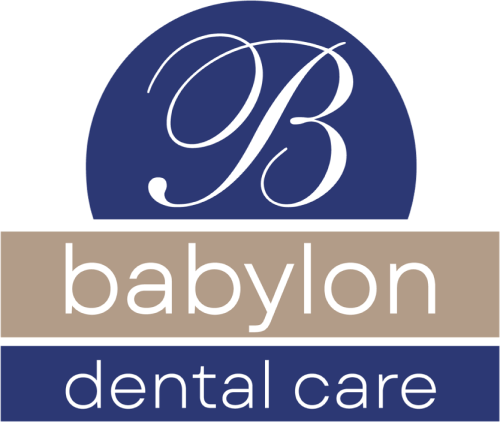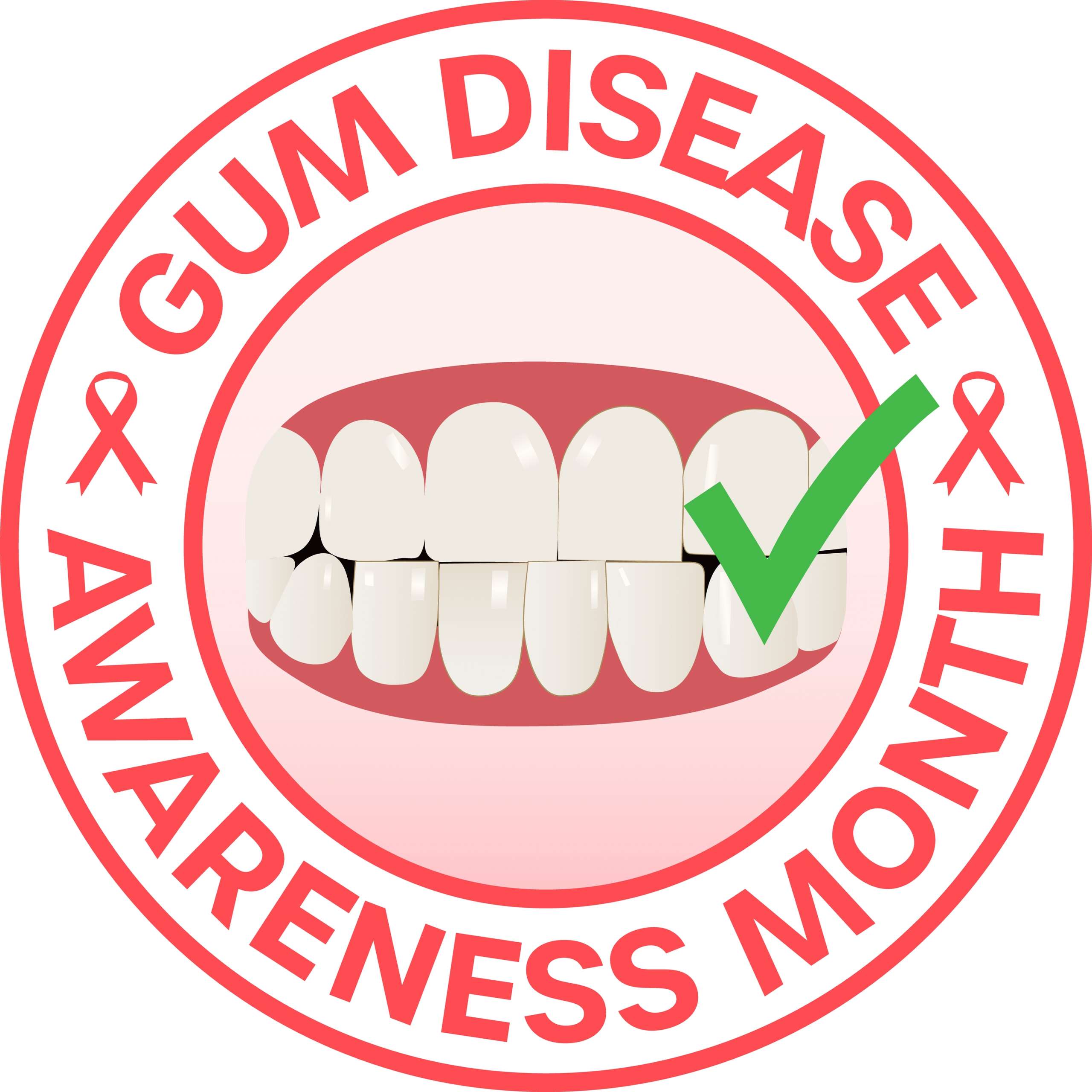In 2012, the Institute for Advanced Laser Dentistry designated February as National Gum Disease Awareness Month. This national and global effort raises public awareness regarding the consequences of untreated diseases, such as periodontal disease. It also aims to encourage people to actively participate in better oral hygiene and maintain their dental health to prevent, diagnose, and treat dental issues.
What Is Periodontal Disease?
Periodontal disease, also called gum disease and periodontitis, is a severe infection of the gums. It causes damage to soft tissue. Without adequate and proper treatment, gum disease can destroy the bone supporting the teeth. The teeth can loosen or fall out due to significant damage.
Fortunately, periodontal disease is preventable. It’s crucial to brush your teeth twice a day and floss regularly. You should also visit your dentist twice a year for routine checkups and exams. Discovering early signs of gum disease or another dental issue could mitigate the risk of a severe problem down the road.
Common Symptoms of Gum Disease
Healthy gums have a pale pink appearance and fit snugly around the teeth. When gum disease develops, various symptoms can arise. The most common signs of gum disease include:
- Bad breath
- Puffy or swollen gums
- Tender gums
- Loose or lost teeth
- Pain while chewing food
- Bleeding gums
- New spaces form between teeth
- A change in how the teeth fit together when biting down
- Pink-tinged toothbrush while brushing teeth
- Dusky red, purplish, or bright red gums
- Bleeding after flossing or brushing teeth
- Pus between the gums and teeth
If you notice any of these symptoms, you should see your dentist immediately. Keeping your mouth healthy means addressing your concerns and establishing a preventative care method before irreversible damage occurs.
Risk Factors for Gum Disease
Gum disease often develops when the gums become inflamed. Gingivitis is gum inflammation resulting from a bacterial infection. If left untreated, it can lead to gum disease.
A small space between the gums and the bottom of the tooth is called a sulcus. Plaque and food can become trapped in that space. If you don’t practice good oral hygiene, food and plaque can build up, leading to inflammation and infection.
Although you might brush and floss regularly, certain risk factors increase a person’s chance of developing gum disease, such as:
- Taking certain medications, such as steroids or chemotherapy drugs
- Smoking
- Broken fillings
- Crooked teeth
- Pregnancy
- Genetics
- Diabetes
- Diseases causing a compromised immune system, such as HIV
- Poor-fitting dental appliances
How to Treat Gum Disease
You can treat gum disease in a number of ways. The most common include:
- Deep cleaning – Root planing and scaling are procedures involving the removal of tartar, plaque, and other unwanted debris below the gum line.
- Dental implants – If you lost a tooth to gum disease, you could get an implant to replace the missing tooth for a natural look and feel.
- Extraction – Unfortunately, permanent damage might require a tooth extraction. Removing teeth and replacing them with a crown, bridge, or implant can restore a person’s smile.
Contact Babylon Dental Care
Celebrate National Gum Disease Awareness Month by contacting Babylon Dental Care for your next appointment. We can provide the dental services you need to keep your teeth and gums healthy.
Call us today at (631) 983-6665 and let our team of dental professionals give you the beautiful smile you’ve always wanted.



